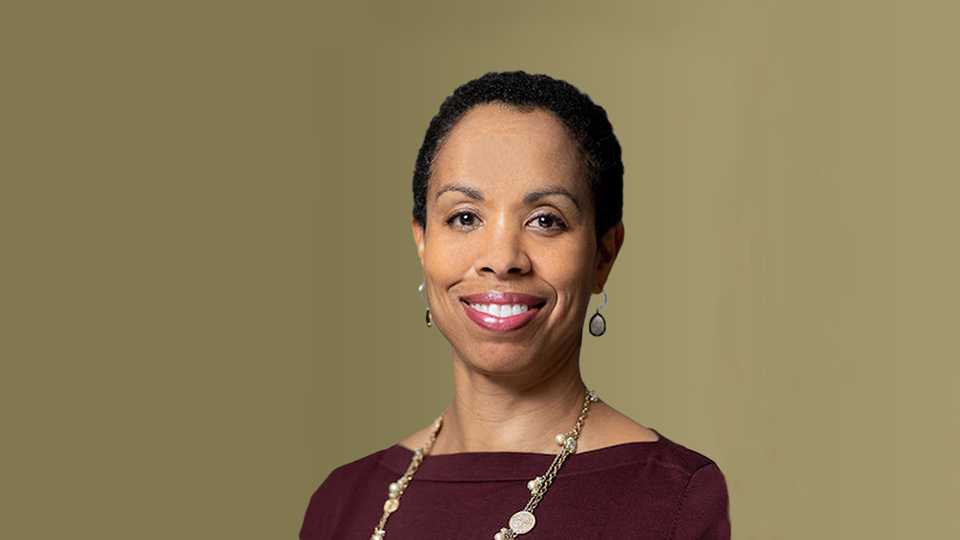
Dr. Lauren Smith, MD, MPH, is chief health equity and strategy officer for the CDC Foundation. The Foundation is an independent nonprofit created by Congress to mobilize philanthropic and private sector resources to support the CDC’s crucial public health work. From her time as a pediatrician to her role with the foundation, Smith continues to fight for maternal and child health. She urges us not to be numbed by the statistics around Black maternal health: “Because there's something so exquisitely tragic to have a woman go into the hospital, expect to come home with her child, and have that infant leave by itself. That’s hundreds of significant others, spouses and siblings who have this gaping hole in their families.”

Q. In the United States, Black maternal deaths are at one of the highest levels ever measured. How many of those were preventable?
Most of them. Maternal mortality in the United States is just unconscionably high relative to our higher income, developed nation peers. The Centers for Disease Control and Prevention (CDC) put out a report in 2022 that showed that more than 80%, or four in five, maternal deaths were preventable. This is based on data from 36 states that report results from local Maternal Mortality Review Committees.
We just have to sit with this for a minute. More than 80% of the more than 1000 women who died didn't have to die. That's just unacceptable.
Indeed, Black women, as well as Native American and Alaska Native women have much higher rates of mortality, up to two to three times higher than their white counterparts. But our overall maternal mortality rate is higher than almost every other high-income country. And we’re not even counting the “near misses,” those maternal morbidity events that could have resulted in death.
Q. Achieving health equity doesn’t happen overnight. What steps can public health actors take?
First, we have to acknowledge the scope of the problems. We have an enormous amount of data about maternal mortality and morbidity, although we still need more. But it’s clear the situation is urgent and worsening for Black, American Indian and Alaska Native birthing people.
Next, we need to develop a deep understanding of the root causes. Some of those have to do with structural and systemic biases, with racism. Our health care system is not working for everyone. And not everyone is entering the health care system with the same advantages.
Then there’s the need to take action. An issue is that many times people want to skip right to action because the situation is so urgent. We are talking about hundreds of women dying a year who shouldn't be dying, so it’s natural to want to do something about that. But if we skimp on awareness and understanding, the actions we develop are not likely to be fully effective.
The last part of the journey is holding ourselves accountable. What actions have we taken, what is the impact, and how can we keep improving?
Q. You mentioned not everyone is entering the health care system with the same advantages. Are you referring to health and socioeconomic status?
Yes. We know that many women of color enter pregnancy with a disproportionate burden of chronic illness. That’s partly because of weathering, a concept some may be familiar with. It’s where the daily experiences of being a person of color, in terms of your exposures to environmental toxins, to the legacy of segregation and systemic bias in housing, employment, education, wear on the body. All of those wounds coalesce and wear down the bodies of women, even in childbearing age. That means before women even decide to start their families, they have higher rates of chronic disease that you wouldn't see in other populations until a decade or two later. While it’s incredibly important to pay attention to what happens during pregnancy, it's also important to address the health and well-being of women in childbearing age before they even become pregnant.